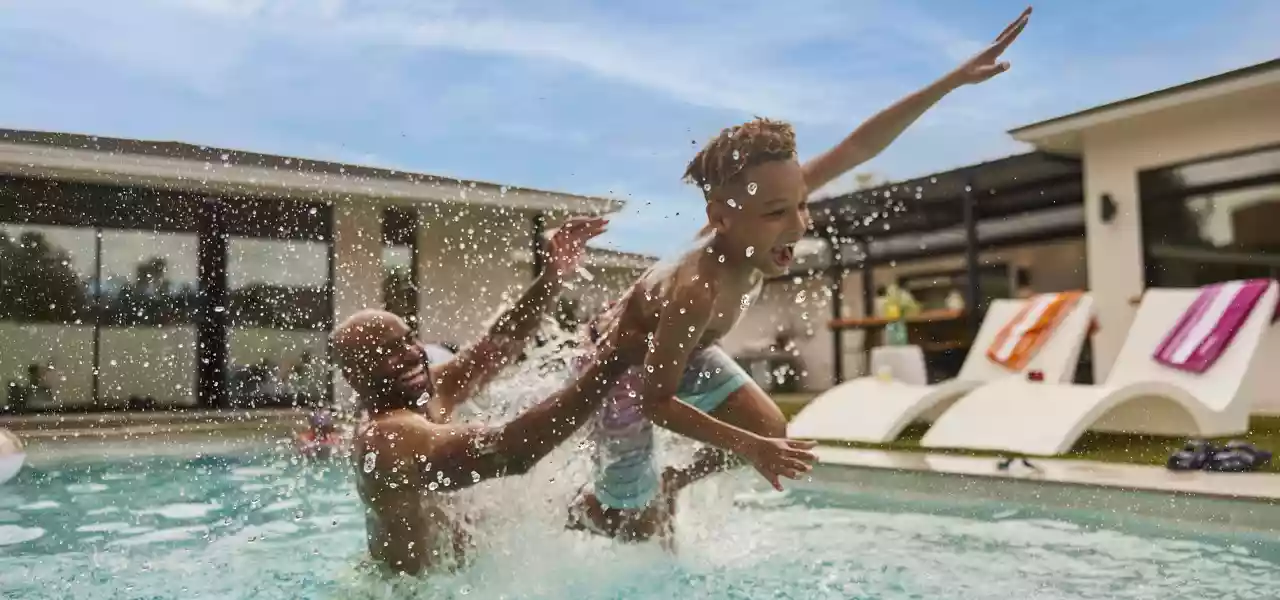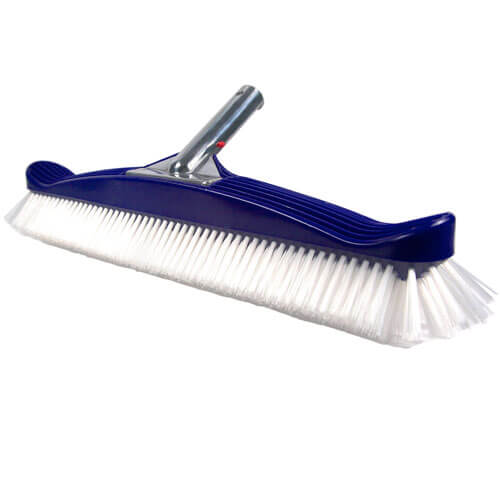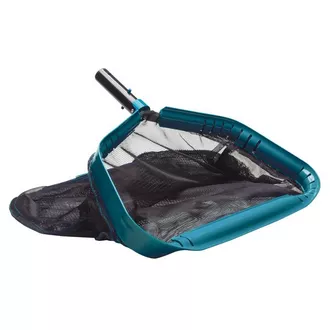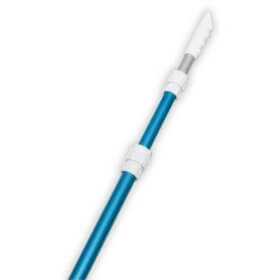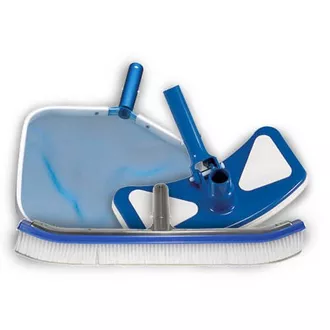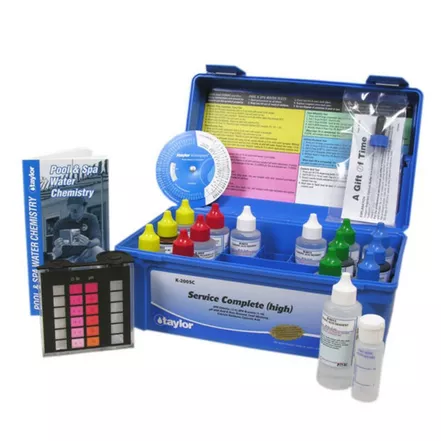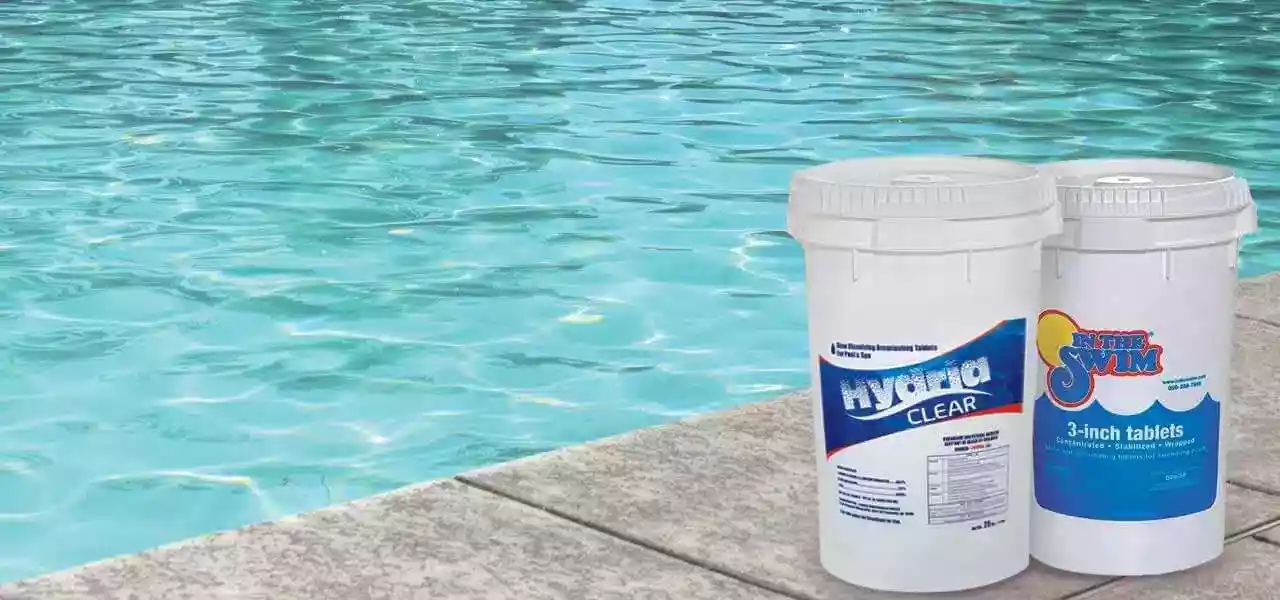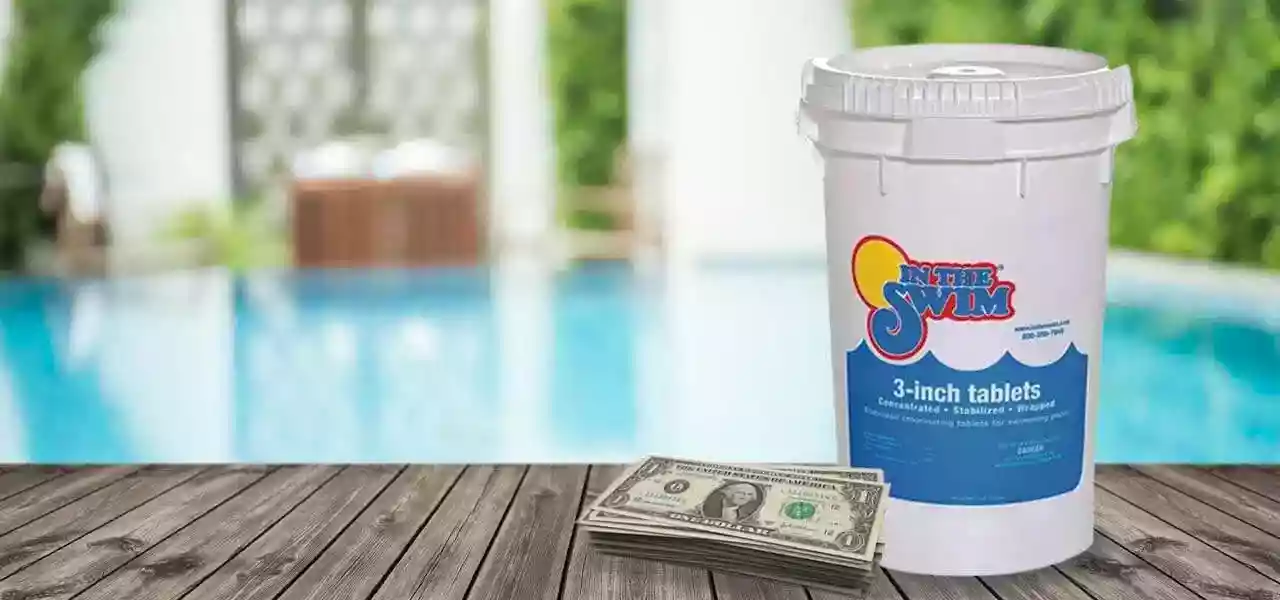With temperatures rising, pool owners everywhere are looking forward to spending time in the pool to beat the heat. However, it’s crucial to remember that with the fun comes responsibility. Maintaining safe pool water is essential for the health and well-being of those who swim in it. So, how can you ensure your pool water is safe for everyone to enjoy? We’ll, you’re in the right place! In this article, we’ll explore the importance of maintaining safe pool water and give you the best tips for keeping your pool in top shape.
Why is Safe Pool Water Important?

This might seem like a silly question, but it’s easy to assume that as long as a pool has chlorine and the water is clear, it’s safe to swim in! However, the reality is that maintaining safe pool water is a bit more complex than just occasionally adding a sanitizing agent. Poorly-maintained pool water can cause numerous problems for the pool itself, many of which are expensive to remedy. But the most concerning consequence of unclean pool water is the effect it can have on swimmers.
If pool water is not adequately sanitized and balanced, it can become a breeding ground for harmful bacteria and viruses. These can lead to illnesses such as diarrhea, swimmer’s ear, and even Legionnaires’ disease. In some cases, the illnesses can be severe, leading to hospitalization or even death. Therefore, it’s crucial to take pool water safety seriously and ensure that the water in your pool is clean, healthy, and safe for everyone to enjoy.
Common Pool Water Problems
Keeping your pool water safe and clean can be a challenging task, especially if you’re not familiar with common pool water problems. Knowing what to look for will keep you one step ahead of problems and help prevent them in the first place. So, let’s take a look at the causes and symptoms of some of the most common pool dilemmas.
Algae
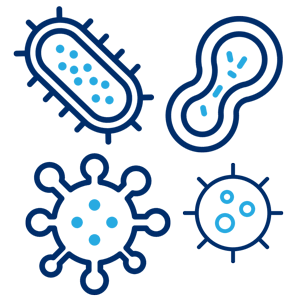
If you’re a veteran pool owner, chances are you’ve encountered the dreaded pool algae at least once. This organic contaminant conundrum is one of the most common and frustrating pool problems to deal with. Algae thrives in warm, stagnant pool water and can quickly go from bad to worse if not handled properly.
The best way to prevent algae is to maintain a proper chlorine level of 2.0–4.0 ppm (parts per million), manage phosphates, brush and vacuum your pool regularly, and ensure your pump and filter run for at least 8 hours every day. Shocking your pool regularly, especially in the warm summer months, is another great way to keep algae at bay.
pH Imbalance
pH is a scale indicating how basic or acidic something is. The scale starts at 0, which is highly acidic, and goes to 14, which is highly basic or alkaline. Ideally, your pool’s pH should be right in the middle at 7.4–7.6, but anything within the range of 7.2–7.8 is acceptable.
Maintaining the pH level in your pool is important to the wellbeing of your pool, pool equipment, and swimmers. An elevated pH, meaning the water is more alkaline, leads to cloudy water, stains and scale on pool surfaces, and decreased chlorine efficiency, which can cause algae growth. Use a pH reducer to lower the level back into the ideal range.
On the flip side, the lower the pH, the more acidic your pool water becomes. Acidic water will wreak havoc on vinyl liners, metal equipment, and cause plaster to etch and erode. It is also very dangerous water to swim in, and can cause severe eye, skin, and respiratory irritation. Additionally, chlorine dissolves much faster in acidic water, making you spend more money on chlorine in order to keep the water sanitized. To raise the pH of your pool, use a pH increaser.
Inadequate Sanitization

Maintaining a proper level of chlorine in your pool is the first line of defense against many pool water problems. Chlorine is a powerful sanitizer that protects your pool from bacteria, organic contaminants like algae, and disease-spreading microorganisms. But just like pH, it’s important to keep chlorine within its ideal range to ensure sufficient sanitization and a comfortable environment for swimmers.
If your pool’s Free Available Chlorine (FAC) level falls below the ideal range of 2.0–4.0 ppm, your pool water loses its fighting power against the issues mentioned above. Add a dose or two of calcium hypochlorite (cal-hypo) pool shock to bring the level back up to the appropriate range. Keep swimmers out of the pool for at least 12 hours after shocking, to give the shock ample time to thoroughly disperse throughout the water.
Strong Chlorine Smell
Believe it or not, the overwhelming smell of chlorine often means a pool is not properly sanitized! While it’s easy to assume this strong smell means the pool has plenty of chlorine, it actually indicates the pool’s chlorine is inactive and has bonded to ammonia molecules. This combination is known as Combined Available Chlorine, or chloramines.
To break down chloramines, first test the pool water. If the FAC level is below 2.0 ppm, use a chlorinated shock like cal-hypo, and if the FAC is above 2.0 ppm, use a chlorine-free shock.
Cloudy Water

There are numerous causes of cloudy pool water, which makes it one of the more challenging pool problems to diagnose and treat. Poor water circulation and filtration, imbalanced water chemistry, and organic contaminants are just a few issues that can lead to cloudy pool water. Therefore, it’s important to take cloudy water seriously and never let anyone swim until the issue is resolved.
To fix cloudy pool water, it is important to identify the cause of the problem and take steps to address it. Maintaining balanced pool water, cleaning the pool regularly, and ensuring adequate water circulation are the first steps to clearing and preventing cloudy water.
How to Maintain Safe Pool Water
Now that you understand a bit more about some of the most common pool water problems, let’s dive into the best practices for establishing and maintaining safe pool water!
Test and Balance the Water

Properly balanced water chemistry is the foundation of a clean, safe swimming pool. No matter how much chlorine you add, or how often you brush the walls, your pool will always be at risk if you don’t have balanced water.
The best way to ensure your pool water stays balanced is to test the water regularly. At least once a week, use a test kit or test strips to check the pH, Total Alkalinity, and chlorine levels. Then add the necessary balancing chemicals to bring the water back into balance. Check out our blog for more information about testing and balancing pool water.
Maintain Proper Sanitizer Levels
Without an adequate supply of sanitizer, like chlorine, your pool can’t protect itself from organic contaminants, microorganisms, and bacteria. And once these pesky invaders take root in your pool, they create an unsafe swimming environment and can be very difficult to eliminate.
Use stabilized chlorine tablets in an automatic feeder or floating chlorinator to ensure your pool receives a consistent supply of chlorine, and test the water regularly to verify the Free Available Chlorine (FAC) level is within 2.0–4.0 ppm. If the FAC dips below 2.0 ppm, use cal-hypo shock to increase the level.
Clean the Pool Regularly
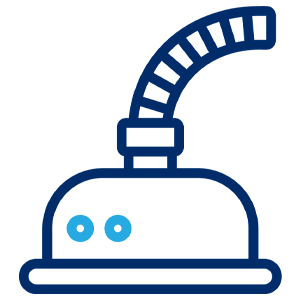
At least once a week, use a skimmer net to scoop out debris, and a pool brush and telescoping pole to thoroughly clean every surface of your pool. Pay special attention to the steps, corners, and any hard to reach areas, as they provide the perfect place for bacteria and contaminants to hide. After brushing your pool, vacuum the walls and floors to clean up the dirt and debris that the brush kicked up.
Or, if you want to save yourself the hassle of manually brushing and vacuuming your entire pool every week, invest in an automatic pool cleaner! While you’ll still need to do a bit of manual brushing, especially in those nooks and crannies, an automatic pool cleaner will greatly reduce how much time you spend cleaning your pool.
Run the Pump and Filter
From circulating chemicals to filtering out debris, your pool pump and filter are vital to maintaining safe pool water. Keep the dynamic duo running in top shape by regularly cleaning out the pump’s skimmer basket and monitoring the filter’s pressure gauge. If the pressure gauge reads 8–10 psi above the starting rate, backwash or clean the filter.
In addition to keeping your pump and filter clean, ensure they run long enough — typically 8–10 hours — to turn over the pool water at least once. Longer run times may be necessary in the warmer summer months to prevent algae.
Maintaining safe pool water is essential for the health and well-being of those who swim in it. Poorly maintained pool water can lead to skin and eye irritation, respiratory problems, and even infections. Understanding pool water chemistry, testing your pool water regularly, and maintaining proper pool water chemistry can help ensure that your pool water is clean and safe for everyone to enjoy.

